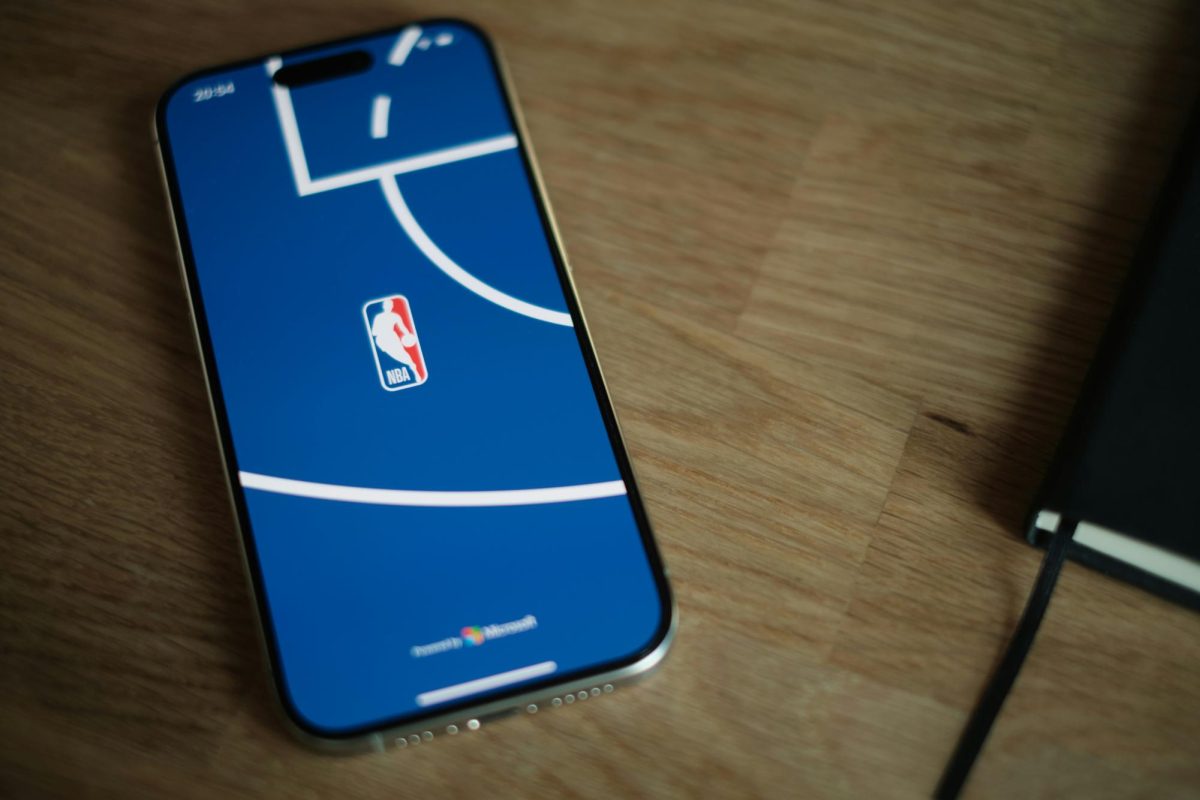To clear the air, I am in no way a TikTok hater. I do enjoy scrolling and giggling at memes and silly videos, however, many TikTok users struggle to differentiate entertainment from pure foolishness. This has caused massive amounts of misinformation being spread throughout our generation. In short, TikTok is making us dumb.
Users who struggle to acknowledge the difference can be easily seen in the comments section. The word “disappointment” does not even come close to what I feel when opening the comments section under some videos, especially political or informational videos. I’m amazed by the level of naivety some individuals possess every time I read the comments, especially under videos that are clearly meant to be taken lightly or as satire. Many users tend to absorb the information without fact-checking it and then propagate these falsehoods elsewhere.
Recently, I encountered information in a TikTok video that I knew to be inaccurate. I politely corrected the poster, and in return, the entire comment section attacked me. If we didn’t live in such a digitally evolved society, I might not have cared. But with the immense knowledge available to us within a few clicks, I couldn’t help but express my displeasure. Just five minutes of research would have disproven the information presented in the video and saved the original poster from the embarrassment of being publicly critiqued for spreading misinformation.
Are we not realizing that we should be sorting through all the material that is offered to us, and only believing information when it’s supported by actual research evidence?
According to a 2022 News Guard report, 20% of TikTok content on important news contains misinformation. Searching TikTok for political videos also often results in suggested videos from conspiracy theorists rather than from reputable news outlets.
I should note that the population on TikTok may also be one of the causes of difficulty in distinguishing fact from fiction. The app is made up of a wide range of users, including news outlets, notable social commentators and government leaders.
So, if these “credible sources” speak upon important issues, why shouldn’t everyone else? On TikTok, average users post as “experts” despite lacking the necessary credentials.
Although everyone has the right to free speech and expression, viewers must remember that the content they see is biased and is posted by creators who can bend and twist facts to support their personal beliefs. Just as we wouldn’t go to someone who hates dogs for advice on what pet to adopt, we shouldn’t go to a sexist for advice on protests by abortion advocates.
According to a survey by the Stanford University History Education Group in 2019, 82% of middle school students couldn’t differentiate an advertisement from a news story, and over 30% considered a fake news story more credible than a real one. Misinformation is running rampant throughout the younger generations, and TikTok only contributes to the crisis.
Sadly, my rant doesn’t end here. It gets worse. Instead of looking up information on their own, TikTok users are asking the comments section for more information. This opens the door for answers by millions of users with varying levels of media literacy and education. Predictably, this leads to even greater spread of misinformation. Let’s think about this for a minute. You’re asking a stranger with no credibility to inform you of something that often pertains to important political or social information. It’s a recipe for disaster.
I implore everyone reading this to be better and fight the statistics. Research has linked TikTok to attention span deficits, psychological problems and desensitization. Let’s start researching the data presented to us and whether the presenter of such information has the necessary credentials or research evidence to give their input on the topic.
Practice discernment and keep an open perspective when intaking any information provided to you. Protect your intelligence in a way that still allows you to use the app for the entertainment purposes it was designed for.









Rich Stan • May 21, 2025 at 7:54 am
TikTok is for preteens to make dumb trend videos. Anyone who goes to TikTok as an actual information source already has some kind of mental problems.
Bett • Jan 19, 2025 at 10:07 pm
TikTok appeals to the lowest common denominator sort of people.